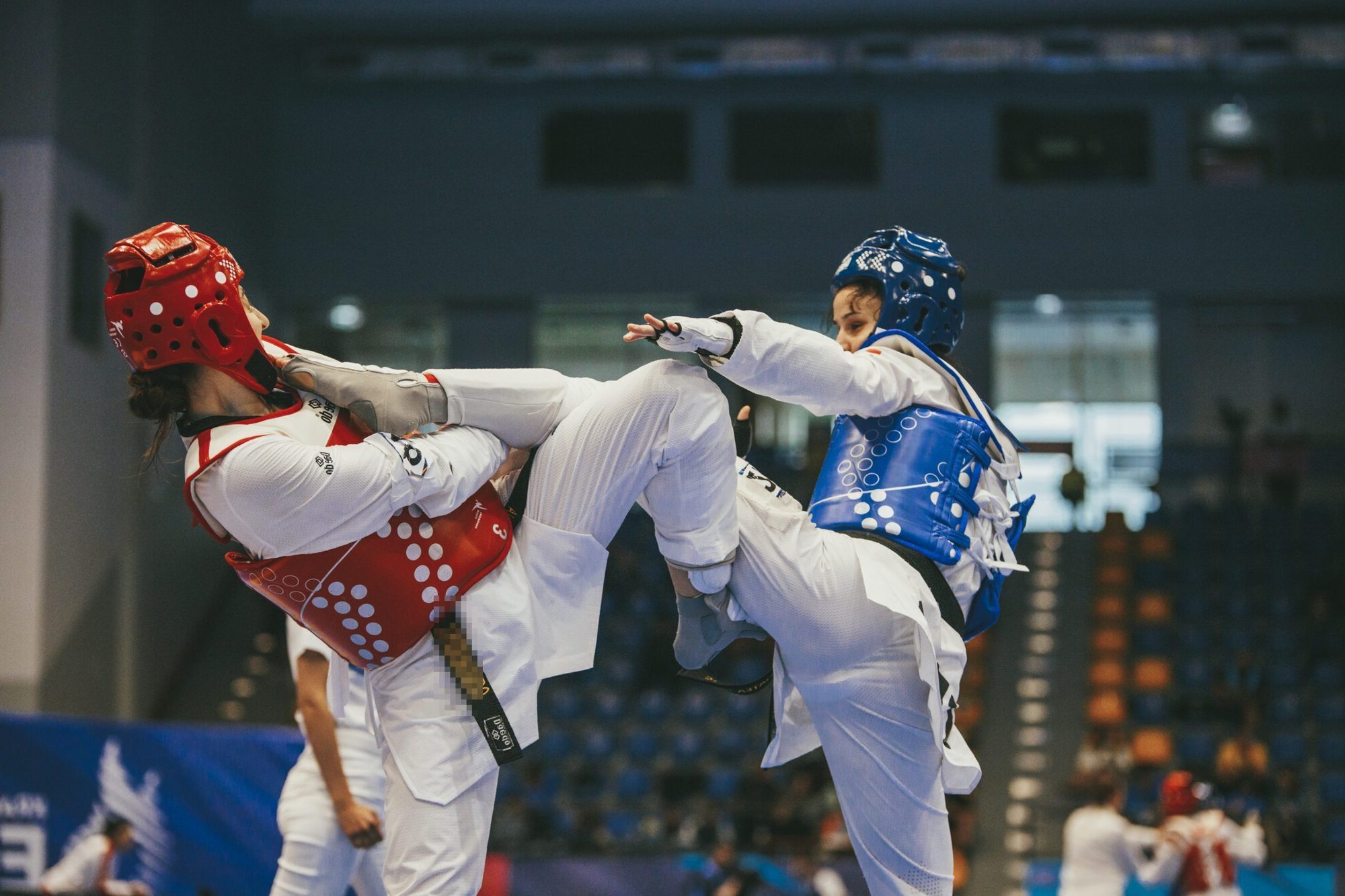
Taekwondo is more than just a martial art; it's a way of life. Originating in Korea, this dynamic sport combines combat techniques, self-defense, and philosophy. Did you know that Taekwondo means "the way of the foot and the fist"? Practitioners, known as taekwondoin, train rigorously to master powerful kicks, swift punches, and agile movements. This martial art emphasizes discipline, respect, and perseverance. Whether you're a beginner or a seasoned black belt, there's always something new to learn. From its Olympic debut in 2000 to its ancient roots, Taekwondo's rich history and cultural significance make it a fascinating subject. Ready to kick-start your knowledge? Let's dive into 38 intriguing facts about Taekwondo!
Origins of Taekwondo
Taekwondo, a martial art known for its high-flying kicks and rapid movements, has a rich history. Let's explore some fascinating facts about its origins.
- Taekwondo originated in Korea over 2,000 years ago.
- The name "Taekwondo" means "the way of the foot and the fist."
- It combines elements from various Korean martial arts, including Taekkyeon, Subak, and Gwonbeop.
- General Choi Hong Hi is often credited with modernizing and formalizing Taekwondo in the 1940s and 1950s.
- The Korean Taekwondo Association (KTA) was established in 1959 to promote and standardize the practice.
Taekwondo Techniques
The techniques in Taekwondo are diverse and intricate. They focus on both offensive and defensive maneuvers.
- Taekwondo is known for its emphasis on head-height kicks, jumping and spinning kicks, and fast kicking techniques.
- There are over 3,200 different techniques in Taekwondo.
- The art includes hand strikes, such as punches, knife-hand strikes, and palm strikes.
- Blocks are an essential part of Taekwondo, used to deflect or stop an opponent's attack.
- Patterns, or "poomsae," are sequences of movements that simulate combat against multiple opponents.
Taekwondo in the Olympics
Taekwondo has gained international recognition, especially through its inclusion in the Olympic Games.
- Taekwondo became an official Olympic sport in the 2000 Sydney Games.
- It was a demonstration sport in the 1988 Seoul Olympics and the 1992 Barcelona Olympics.
- Olympic Taekwondo focuses on sparring, with athletes competing in weight classes.
- The World Taekwondo Federation (WTF) governs Olympic Taekwondo competitions.
- Protective gear, including headgear, chest protectors, and shin guards, is mandatory in Olympic Taekwondo.
Taekwondo Belts and Ranks
The belt system in Taekwondo signifies a practitioner's level of expertise and dedication.
- Taekwondo practitioners start as white belts, symbolizing purity and a blank slate.
- The belt colors progress through yellow, green, blue, red, and finally black.
- There are nine degrees, or "dan," of black belt in Taekwondo.
- Achieving a black belt typically takes three to five years of dedicated practice.
- Each belt level requires the practitioner to learn new techniques, forms, and sparring skills.
Health Benefits of Taekwondo
Practicing Taekwondo offers numerous physical and mental health benefits.
- Taekwondo improves cardiovascular health through intense aerobic exercise.
- It enhances flexibility, balance, and coordination.
- Strength training is integral to Taekwondo, building muscle and endurance.
- Mental benefits include increased focus, discipline, and stress relief.
- Taekwondo fosters self-confidence and self-esteem through goal-setting and achievement.
Taekwondo Around the World
Taekwondo's popularity has spread far beyond Korea, making it a global phenomenon.
- There are over 70 million Taekwondo practitioners worldwide.
- Taekwondo is practiced in more than 200 countries.
- The World Taekwondo Federation (WTF) has over 200 member nations.
- Taekwondo is part of the physical education curriculum in many countries.
- International Taekwondo competitions attract thousands of participants and spectators.
Famous Taekwondo Practitioners
Many well-known individuals have practiced Taekwondo, showcasing its appeal and versatility.
- Chuck Norris, a famous martial artist and actor, holds a black belt in Taekwondo.
- Hwang Jang-lee, a renowned martial arts film actor, is a Taekwondo master.
- Steven Lopez, an American athlete, is a two-time Olympic gold medalist in Taekwondo.
- Moon Dae-sung, a South Korean athlete, won a gold medal in the 2004 Athens Olympics.
- Ronda Rousey, a mixed martial artist and actress, has trained in Taekwondo.
Taekwondo Philosophy and Ethics
Taekwondo is not just about physical prowess; it also emphasizes moral and ethical development.
- The five tenets of Taekwondo are courtesy, integrity, perseverance, self-control, and indomitable spirit.
- Practitioners are encouraged to apply these tenets in their daily lives.
- Taekwondo training often includes lessons on respect, humility, and responsibility.
The Final Kick
Taekwondo isn't just about kicks and punches. It's a blend of history, discipline, and culture. From its ancient roots in Korea to its global popularity today, this martial art has evolved into a sport that teaches respect, self-control, and perseverance. Whether you're a beginner or a seasoned practitioner, there's always something new to learn. The Olympic recognition of Taekwondo has only added to its prestige, making it a sport that commands respect worldwide. So, next time you see a Taekwondo demonstration, remember the rich heritage and dedication behind every move. Keep practicing, stay curious, and who knows? You might just discover a new favorite fact about this incredible martial art.
Was this page helpful?
Our commitment to delivering trustworthy and engaging content is at the heart of what we do. Each fact on our site is contributed by real users like you, bringing a wealth of diverse insights and information. To ensure the highest standards of accuracy and reliability, our dedicated editors meticulously review each submission. This process guarantees that the facts we share are not only fascinating but also credible. Trust in our commitment to quality and authenticity as you explore and learn with us.


